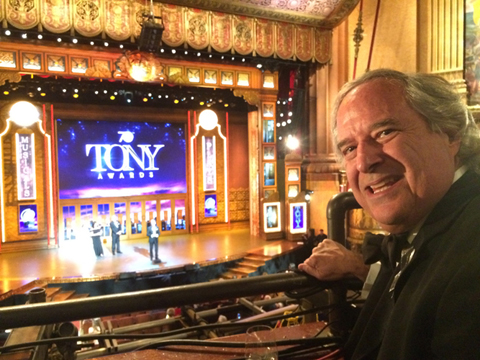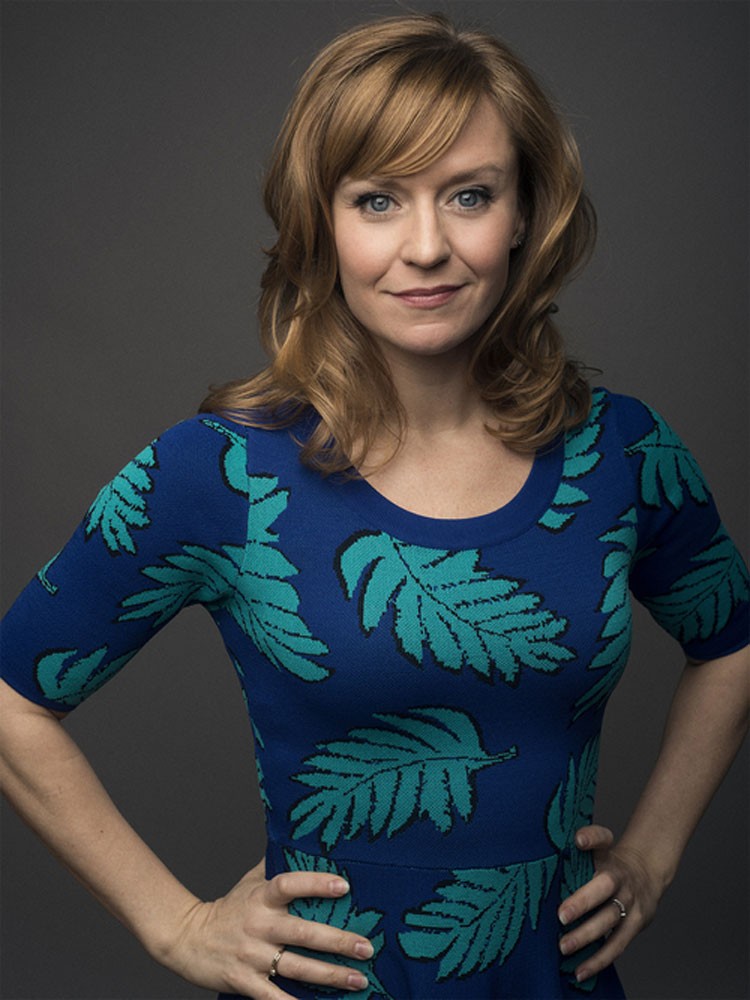JOHN LEE BEATTY, PORTRAIT OF THE DESIGNER AS A YOUNG MAN: A LOST INTERVIEW
Part 9: “Oh, Gee, I Just Thought It Would Be Pretty”
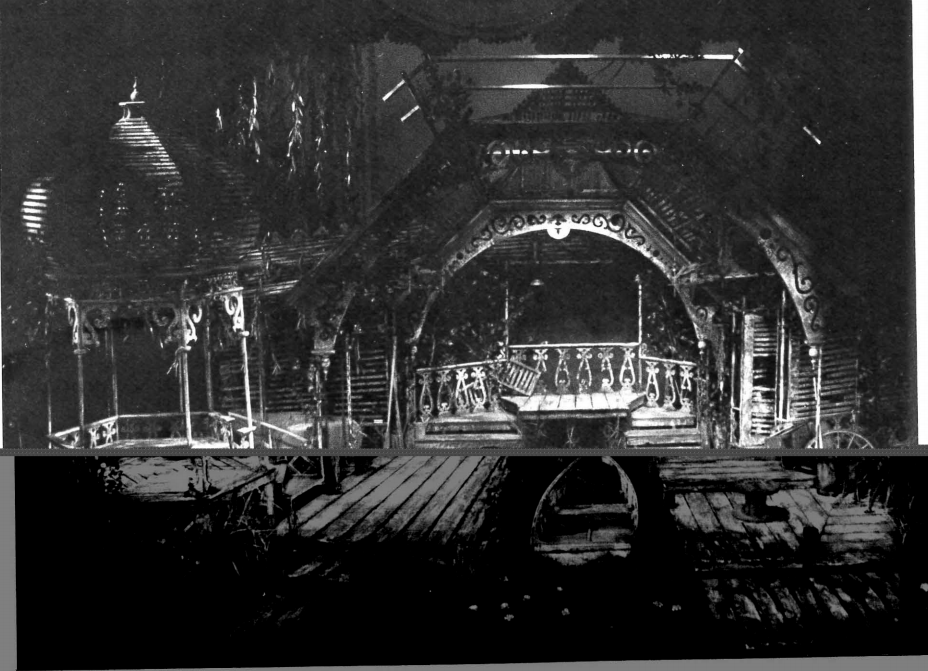
Talley’s Folly (Circle Rep to Broadway)
As told to Samuel L. Leiter
This is the ninth installment in my previously unpublished 1980 interview with designer John Lee Beatty, which is being serialized in Theater Pizzazz. Please see Part 1 for an introduction to the interview, which I’ve adapted as a narrative, and why it’s first being published 40 years after it occurred.
I think I’m a pretty intelligent designer. Michael Feingold, the critic for the [now defunct] Village Voice, once told me (in private, thank God!) that I was a little too bright to be a good designer. But it might be true! I think productions through pretty thoroughly and sometimes when I’m working on a musical I have to downplay that overly academic side of me because a lot of musical people are wonderful stage artists but aren’t always intellectuals. Sometimes I’ll tell them my reasons for doing something and I’ll find myself slipping into something heavy and I have to stop and make an, “Oh, gee, I just thought it would be pretty” correction.
A major design problem is moving a show designed for one theatre to another theatre with different space requirements, like going from Off Broadway to Broadway. I think the great amount of this now going on, is developing a new kind of designer. And I’m not sure it’s easy, what happens.
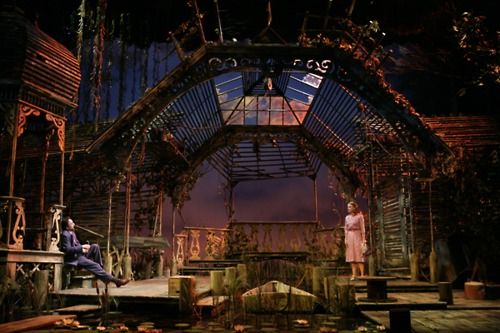
Talley’s Folly – Broadway
For example, with Talley’s Folly, which I’m working on now, it started at the Circle Repertory in Sheridan Square, which I suppose can kindly be called a “black box” theatre. And then the summer it moved to the Mark Taper Forum in Los Angeles it was a thrust—a very strong thrust theatre. And now it’s going to the Brooks Atkinson on Broadway, which is a very conventional proscenium theatre.
The problem for me in this particular case is that I liked the first set I did. Which makes it even harder to redesign because the second time I did it I had to completely change my thinking. The sight lines were different, the size of the room was different, the kind of audience attending was different—the complete relationship of the audience to the stage was different. I had to rethink the play, come at it freshly again, and then, of course, when it went to Broadway I had to do it again. You can’t just move it.
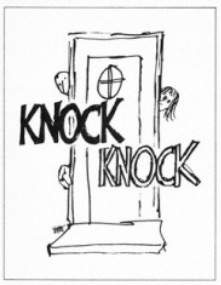
Knock, Knock was a hit at Sheridan Square, also, and moved to Broadway. At that time, the director and I thought it would be wonderful just to bring up to Broadway our “hit set.” We almost duplicated the original. Of course, it cost a good 10 or 12 times as much as the original but it was almost identical. And it didn’t work. By not changing it, we changed it more than we would have changed it by changing it, if you know what I mean. You really have to adapt it.
What happened in the case of Knock, Knock was that it was an interior, a cabin in the woods, and it had its own personality. The joy of seeing it Off Broadway was that you felt that you were in the house with the people. It filled literally half the theatre. You walked down around the set and you sat down in it. The audience, in effect, forms the second half of the house. Together, the audience and the set would form the size of a normal cabin.
When it got to Broadway, you had the same cabin but you had an audience that was roughly ten times the size of the set. The relationship was completely changed. You no longer felt that you were in the house with them, you felt that you were viewing them. I think we made a mistake not trying to gain the feeling that we were in the house with them again by doing some other things that could have been done.
But how do we know? We tried to give it an air of informality by exposing the lighting instruments the way they had been before; we tried to thrust over the proscenium line so that it felt less like a proscenium theatre. But a proscenium theatre is a proscenium theatre, a thrust stage is a thrust stage, and a black box is a black box. They’re not the same and they never will be. You can’t fight the space.
The more I design, the more I deal with this problem, the more I learn about it. It’s something designers and directors have to know about because that’s the way our theatre is built. Nobody starts a play from scratch anymore on Broadway.
I’ve gotten more and more involved with refining spaces, making spaces work. When Ashes moved from the Manhattan Theatre Club to the New York Shakespeare Festival, I looked at the architecture of the room and did some radical modifications and then built the set into the new space.
When Ain’t Misbehavin’ (which I hadn’t designed Off-Off Broadway—it had no set originally) moved to Broadway, what I mostly did was deal with the physical space of the theatre in tying it together. We matched the color of the set to the color of the drapes and the color of the carpet. We made it fit as a room.
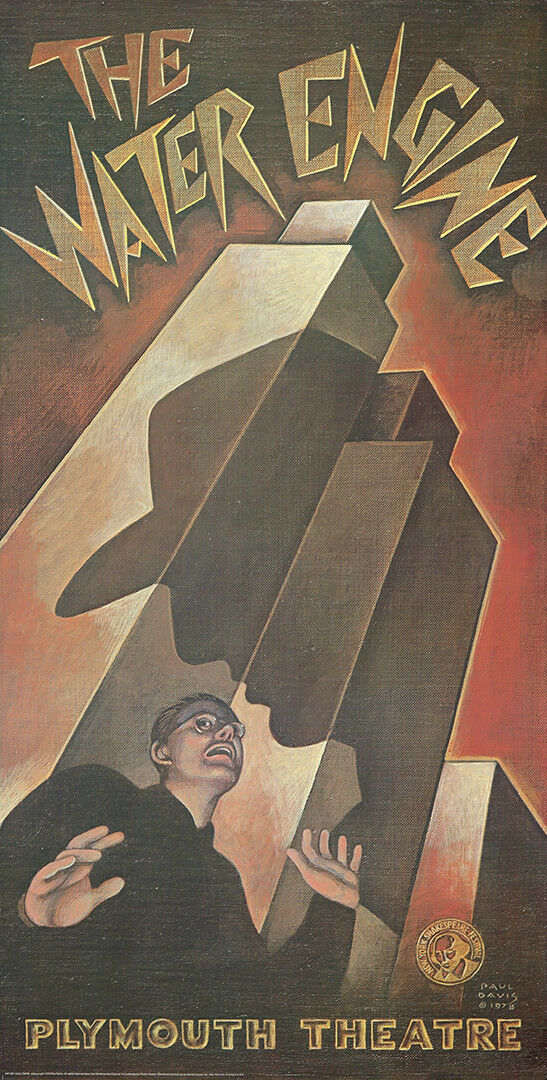
The Water Engine, which I originally did down at Martinson Hall at the Shakespeare Festival, moved to Broadway. In that case, we had to create on the Broadway stage some equivalent of the Martinson Hall architecture that couldn’t be exploited anymore. All of a sudden, where we had architectural obstacles once before, we had to recreate them on anew Broadway but in a different style. We looked at the theatre on Broadway and tried to make that room and the set join as one. It was a different-looking set but by making it different we made it more of the same. It was more of the same experience, the way the set related to the room.
Talley’s Folly is difficult to move. This is my third time through. I’m going to do it a fourth time in Chicago. Talley’s Folly is mostly a question of judging the weight of the scenery, how much actual physical weight, mass, can a particular theatre take. Off Broadway, it’s a small room, it couldn’t take too much weight, but it was also very close to the audience; it had to have a certain reality.
We went to the Mark Taper Forum. You had to see through the walls where you couldn’t see through them before. So it became very light. Because it was in the thrust arrangement, I didn’t want to weigh it down too heavily with heavy beams. It became lighter. Now going to Broadway it has a weight halfway between the two. Broadway takes a certain amount of delicacy but you have to fill up the stage; you can’t just ignore it. And the scenery needs to reach out to the audience.
(To be continued.)




